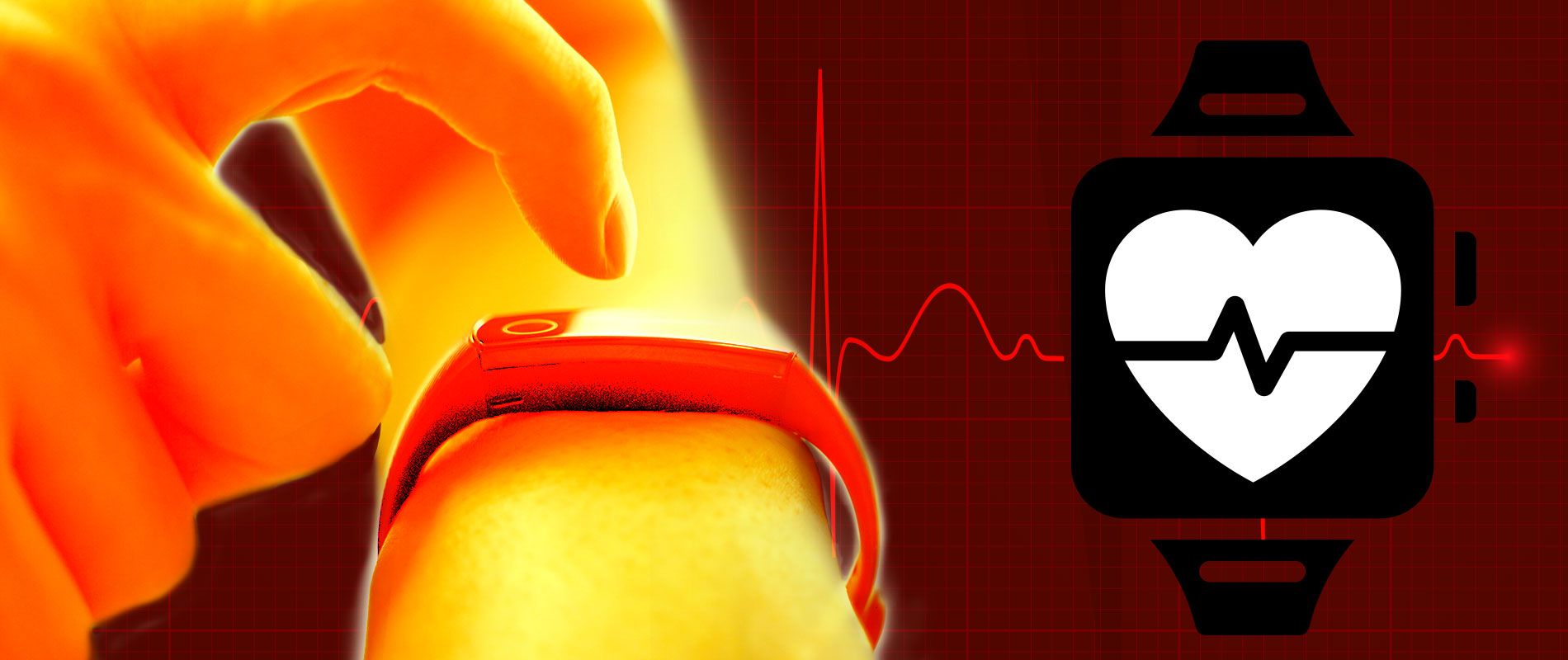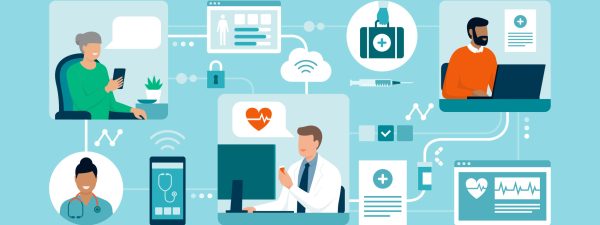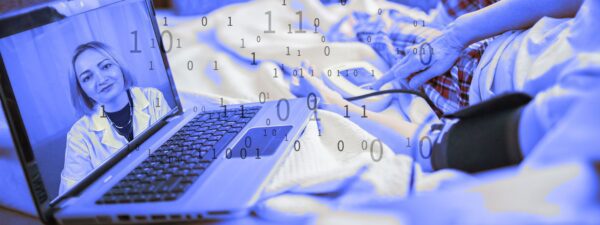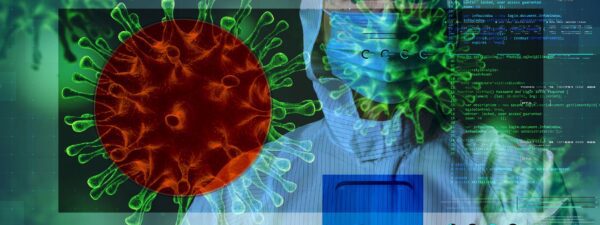The Internet of Things (IoT) continues to digitize our increasingly internet-dependent world at an astounding rate. Ordinary objects such as house lights, garage gates, and home appliances can be made “smart” by equipping them with sensors. Of course, these smart devices are all being integrated into the IoT – a network of interconnected devices that exchange data with other smart devices via the Internet.
All of these smart devices are given unique identifiers and are able to automatically transfer data without the need for human-to-human or human-to-device interaction. The IoT is, of course, considered an integral part of Industry 4.0, where factories are becoming “smart” and automated.
Manufacturing and information technology are not the only fields where IoT is leaving a mark, though. The healthcare sector, too, can greatly benefit from the numerous innovations that IoT continues to spawn.
IoT proves vital for remote healthcare monitoring
While most patient-doctor interactions are still limited to in-person visits and communications over the phone/Zoom, IoT can offer healthcare providers a drastically more convenient way to monitor patients.
As mentioned above, IoT relies on smart devices that rely on sensors which continuously read and share data to the network. But how exactly is this done?
Use of IoT Devices for Patients
The deployment of IoT devices in healthcare applications essentially comprises four steps. All four steps are connected so that data can be recorded and moved into the next stage.
- Step 1: Deployment of appropriate and quality IoT devices will be undertaken. These devices include interconnected sensors, actuators, body detectors, cameras, and other equipment that can collect necessary data.
- Step 2: Data received by sensors are generally in analog form. However, sensors are equipped with chipsets that can aggregate and convert this data to a digital format, making its transfer easy.
- Step 3: Data is collected and processed for sending to other IoT devices or the cloud. (Cloud infrastructure allows data to be stored via the internet through a service provider with storage. As long as internet speeds are decent, data can be delivered back and forth or synced rapidly.)
- Step 4: Those who need the final data will now be able to access it once it’s available. Data – usually aggregated – can be interpreted as is or subjected to advanced analytics.
With IoT-connected smart devices, patients’ health can be continuously monitored, allowing doctors to determine treatment options more effectively. In addition, elderly patients, especially those living alone, can be monitored better and more closely.
Any sudden changes in vital statistics (for example, a sudden drop in blood oxygen concentration), can be addressed immediately, as IoT devices can be programmed to alert relatives or health providers. This obviously enhances patient safety and doctor confidence since smart devices can provide relatively reliable data without the need for routine appointments.
IoT devices can also help reduce the length of patient hospital stays, which not only lowers healthcare costs but also allows patients to recover from the comfort of their homes.
In fact, IoT is not only beneficial for patient-doctor interactions, but also the entire backbone of the healthcare sector. Indeed, if applied correctly, IoT, coupled with big data analysis, can help hospitals with inpatient monitoring, workflow streamlining, and similar applications. In addition to patients, nurses, doctors and other hospital staff can all benefit from IoT, too.
Rx for Easier Patient Monitoring
Physicians are extremely busy, especially in developing countries where a single physician might tend to hundreds of patients daily. As such, the use of IoT devices that monitor patients’ body statistics (such as heart rate) could help physicians make quick decisions about necessary treatment changes or other situations requiring immediate medical attention.
IoT can also help save lives in those cases where a patient may not necessarily feel ill, but the devices attached to his or her body tell another story. These IoT devices can record patient data that IoT software and a physician may interpret as something that indicates the need for immediate medical intervention.
In essence, thanks to IoT, physicians can be more proactive when it comes to addressing medical issues. Specifically, data gathered from IoT devices can assist physicians in diagnosing, treating, and predicting medical outcomes. Data science is intimately interconnected with IoT, as rapid data analysis can be used to predict possible medical outcomes based on trends.
Hospital Administration Made Easier With IoT
It almost goes without saying that well-functioning hospitals are vital to the healthcare sector. IoT devices can help in this space, too, by assisting hospitals in maintaining proper hygiene and logistics. This is critical, since hospitals should not only help patients recover but also prevent infection from spreading throughout their facilities.
In addition, asset inventory, such as for prescriptions, can also be automated and equipped with protection mechanisms such as temperature and humidity control.
A Clean Bill of Health: IoT and Health Insurance Providers
Data analytics can also benefit health insurance providers, who rely on transparency and proper health monitoring. Trends-based diagnosis, if done correctly, can help patients recover properly, reducing healthcare costs due to misdiagnosis and negligence.
Risk assessment processes are greatly improved with the help of data that IoT devices can provide. This is because the data collected through IoT devices can help make better decisions, which means smoother treatments and operations, coupled with fewer errors and wasted resources.
Health insurance providers want their clients to stay healthy and IoT devices may help incentivize patients to stay fit and healthy.
As mentioned earlier, IoT devices may also help detect emerging diseases in patients early on, which could translate to earlier diagnoses, treatments, and recoveries. All of this would benefit patients, physicians, and health insurance providers alike.
IoT devices can also help reduce incidents of insurance fraud, by helping to validate claims using the data they collect. Tampering with data will be very difficult in an automated process, unlike with traditional setups.
IoT is Vital to Patient Care
IoT devices have already improved and redefined the healthcare sector and now, with the emergence of big data analytics, IoT can help experts such as physicians and epidemiologists understand health-related trends better.
Provided there are sufficient security measures in place to protect patient privacy, using IoT devices in the healthcare sector will yield better care, improved treatment procedures, and fewer errors.
Reference




